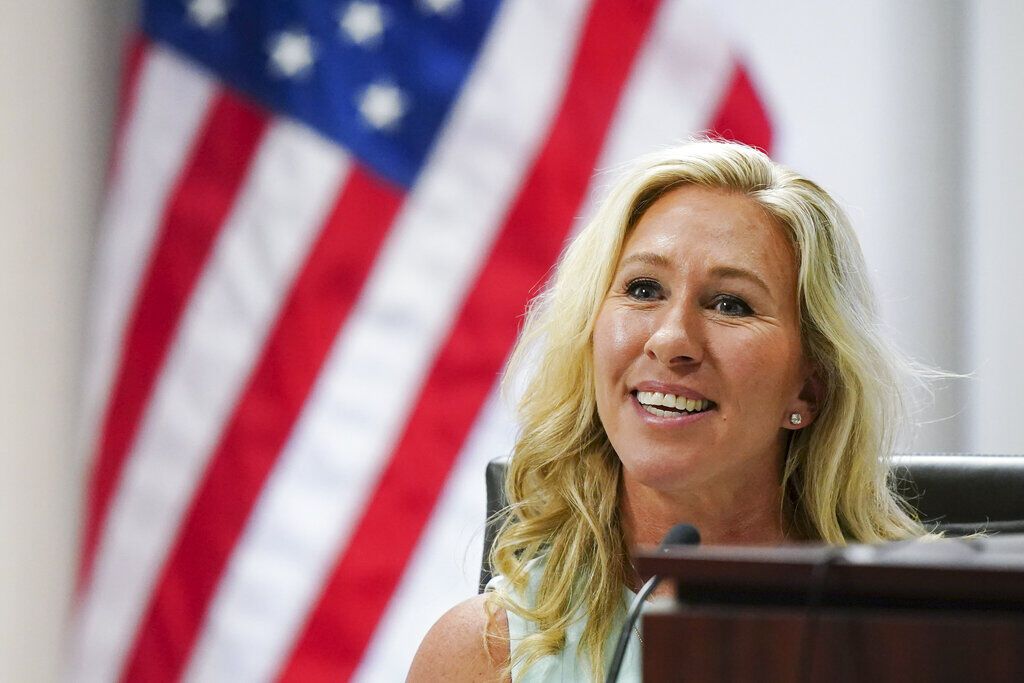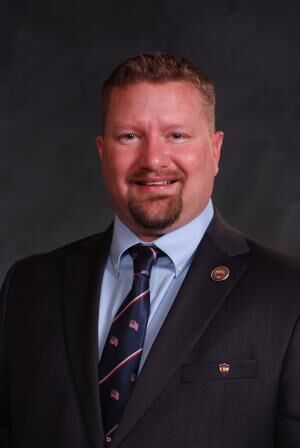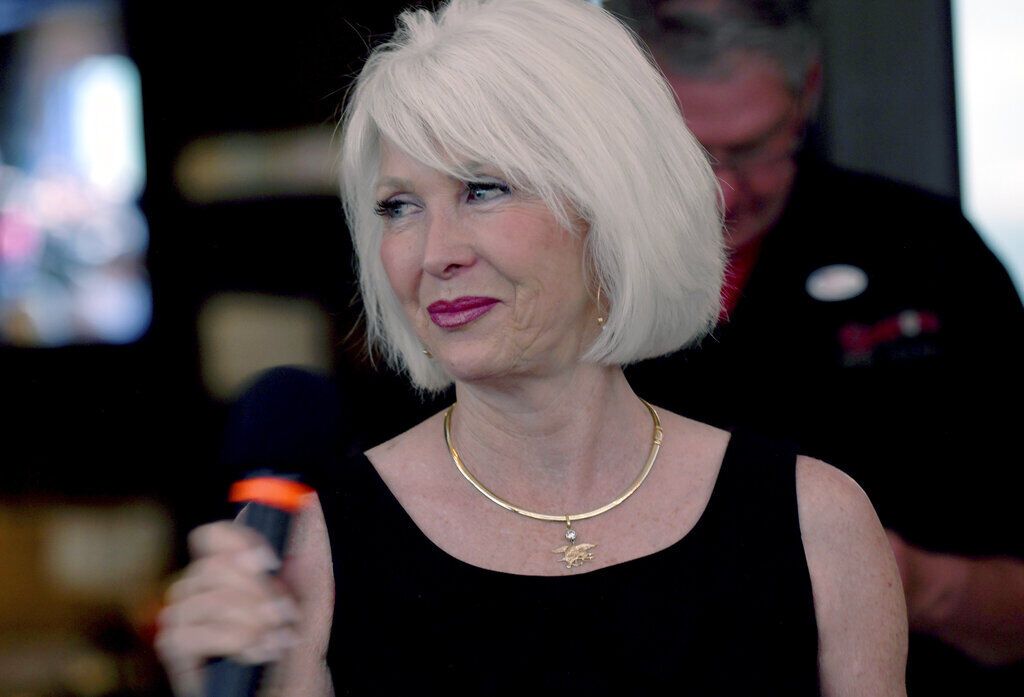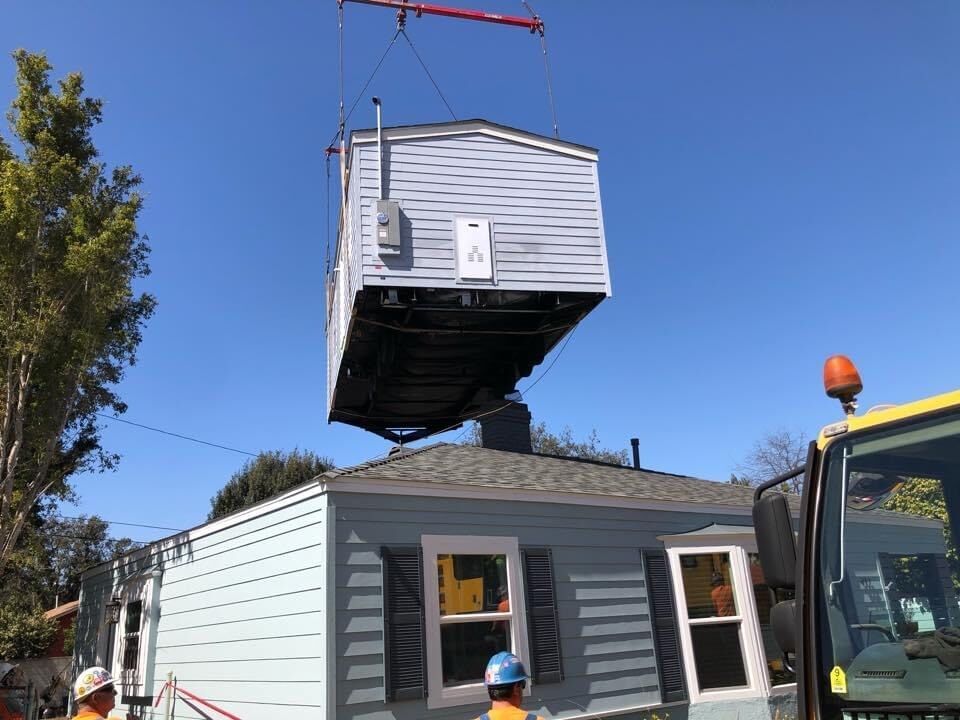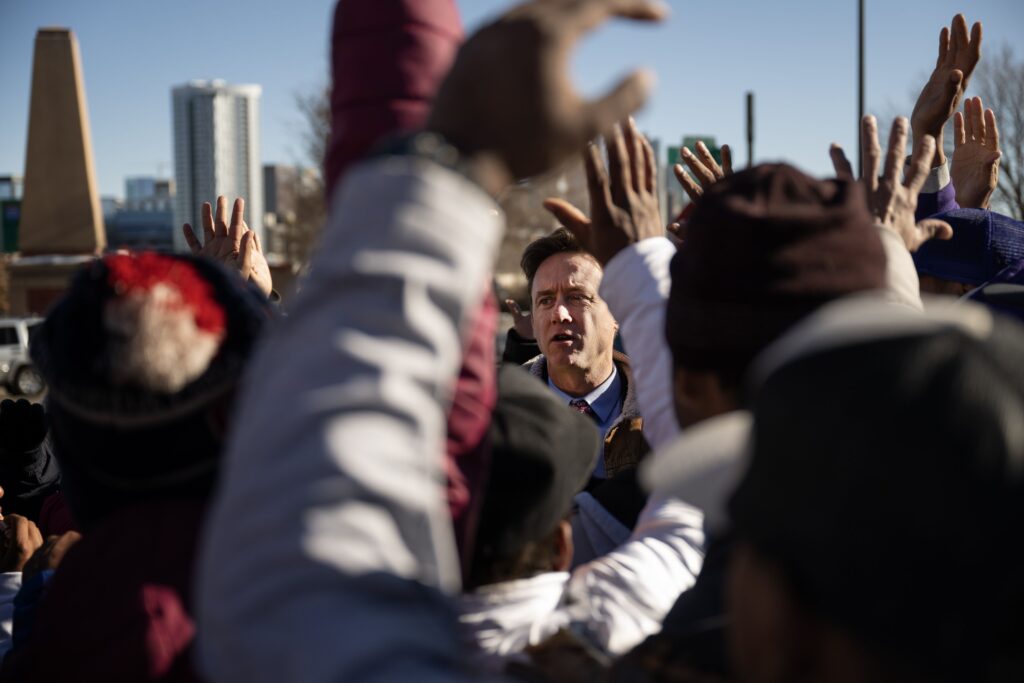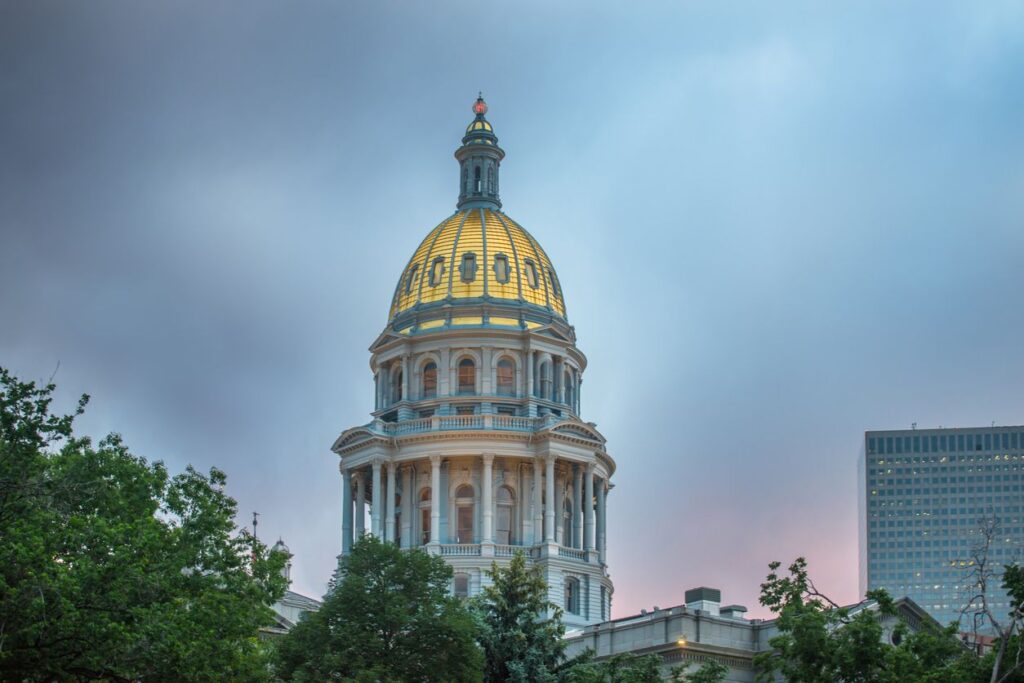Denver studying future of city’s public transit
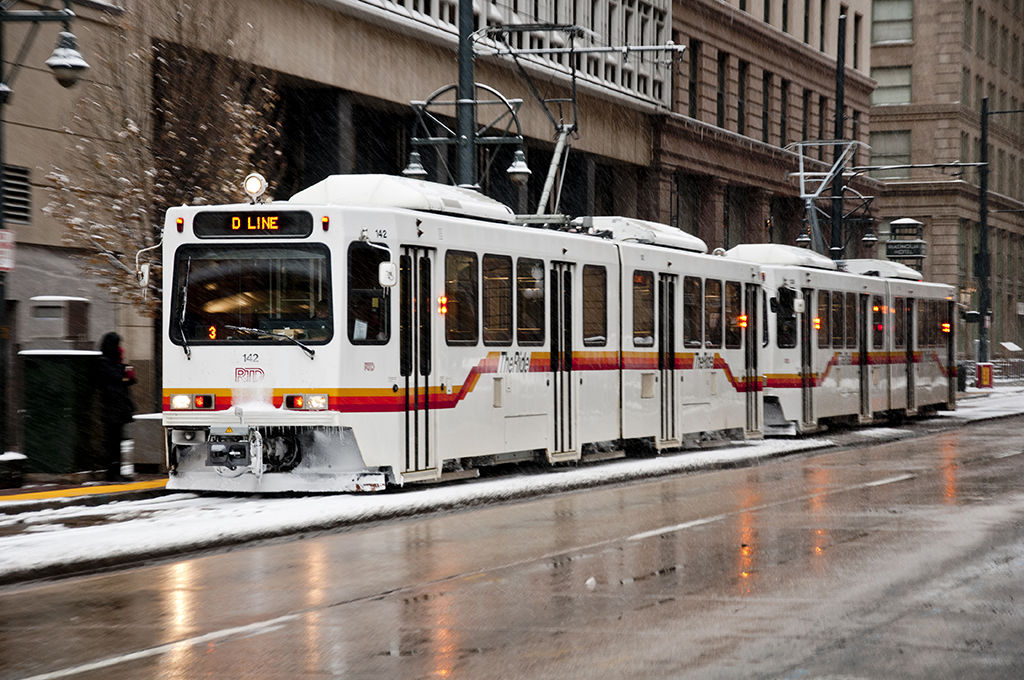
CORRECTION: Article Updated 8/17/16 10:52 a.m.
Denver public transit has made great strides in recent years. In fact, 2016 will be a banner year for the Regional Transit District with the addition of four rail lines, including the A-line connecting downtown to Denver International Airport, and the Flatiron Flyer rapid bus transit.
And, there’s more to come.
But the new lines haven’t silenced some critics, who argue the system doesn’t serve the city well as a whole. The system is regional, after all, connecting the region to the city, but not necessarily moving people well within the city.
A city survey conducted in 2014 found that while 43 percent of downtown commuters use public transit, just 7 percent citywide use public transit. Citywide, nearly 70 percent drive alone, according to the survey.
Moving a rapidly increasing number of people in the city as it continues to grow is a challenge, and city officials want to avoid a overhaul of major roadways to increase capacity and accommodate this growth. Instead, Denver leaders are looking to public transit and other forms of transportation, other than cars, to move people, Denver Moves Transit senior planner Kristina Evanoff said.
The Denver Moves transit task force, part of the city’s “Denveright” planning initiative, held its first meeting last week to start work on the city’s first ever transit plan. A group of 30 public officials, community leaders and policy experts will help craft a vision for the future of public transit in Denver.
Over the 18-to-24 month planning process, Evanoff said task force members will help establish goals and identify underserved neighborhoods, or where connections might be made to important corridors. Ultimately, it’s about moving more people around the city, not just cars, Evanoff said.
Public transit has historically been about regional access to the city, but people are moving back into cities, and it’s now important for Denver to develop its own plans for transit, said Tom Brennan, consultant team project manager with Nelson/Nygaard, during the task force meeting. The consulting firm will work alongside city staff in writing the transit plan, guided by the vision coming out of the transit task force.
While RTD manages the buildout of the regional transit system, the transit task force will imagine the future of public transit for Denver.
“Denveright” will also look at the future of land use/transportation, parks and recreation and pedestrians and trails. The different facets will work closely with each other during the planning process, Evanoff explained.
The task force will establish goals, help identify what neighborhoods are underserved, where connections can be made to key corridors and then help prioritize public transit investments within the city.
Evanoff said the group will look at how to not only increase ridership, but also how to improve it for current riders.
“We want to build upon the system,” she said. “The goal is to build connections.”
Evanoff added providing multiple mobile options in the city is key to improving public transit.
“If they take the train, how do we then get them where they need to go, after the train? Is it a bus? Is it a trail? It’s important to build on the mobile choices,” Evanoff said.
The planning process will largely include seeking comment from residents, during events like community barbecues, on what city residents want public transit to look like in 20 years, where they believe improvements need to be made, what communities fall into a transit gap.
To complement the task force, a community think tank made up of 65 members – made up of community leaders who represent the diversity of the city – will represent the demographic mix of Denver. They will provide input on key items that cut across all four plans of Denveright. The 65 think tank members were selected from a pool of 240 applicants and will meet quarterly to offer input over the course of the planning process.



